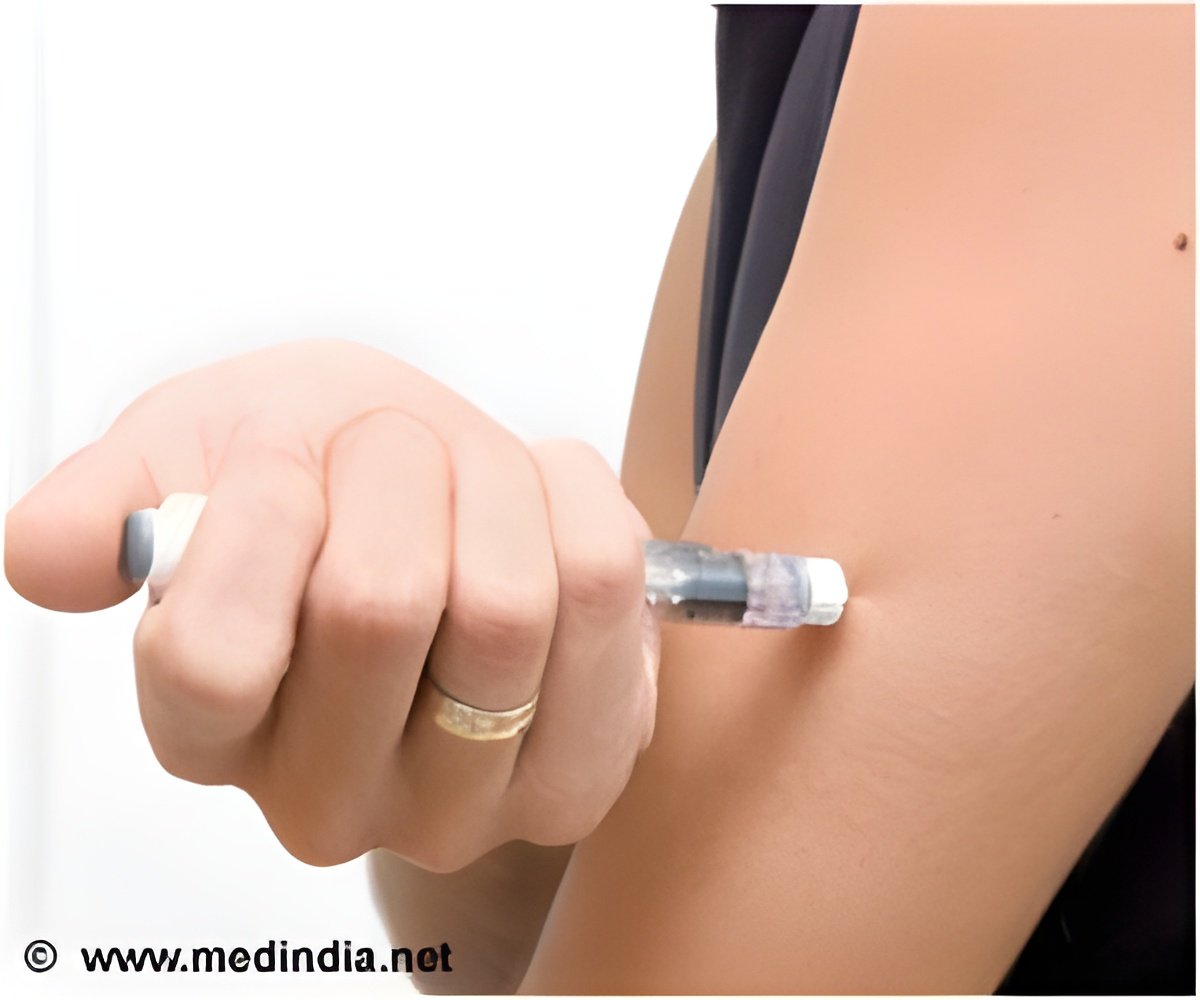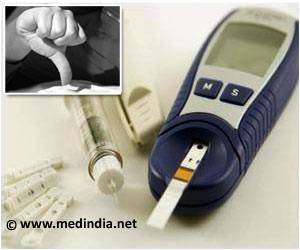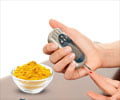Some people with diabetes use their insulin syringes more than once to save money. But makers of syringes do not recommend using them more than once.

TOP INSIGHT
India has a disturbingly high rate of needle reuse with both syringes and pens among diabetics. They reuse their syringes for insulin use, mostly for convenience or to save costs.
"Insulin injection is not at all painful. Shorter needles can provide safety from injecting into muscle, as an insulin injection in muscle may lead to hypoglycemia," Subhankar Chowdhury, Professor and Head, Department of Endocrinology, IPGMER and SSKM Hospital, Kolkata, said.
He was addressing media at the release of the Forum for Injection Technique and Therapy Expert Recommendations (Fitter) India.
The key recommendations of the Fitter are that the "shortest needles (currently 4mm in pens and 6mm in syringes) are safe, effective and less painful and should be the first line of choice in all patient categories".
"Despite the fact that India is ahead of the curve in using the shortest needles, there is disturbingly high rate of needle reuse with both syringes and pens," the expert said quoting the global insulin injection technique questionnaire survey (ITQ).
One of the principal countries participating in the ITQ was India, with an input of over 1,000 patients from 20 centres representing all the major regions of the country with three centres from east.
These include barriers of insulin injection therapy and preventive measures, updated recommendations on device specifications for a given patient, insulin injection practices in indoor settings, adverse safety outcomes of faulty techniques and measures to enhance awareness of the good injection practices among healthcare practitioners and patients.
A total of 55.8 percent of interviewed patients reuse their syringes for insulin use, mostly for convenience or to save costs. About 40 percent used their pen needles more than five times. There were low levels of awareness in patients on aspects like site rotation, injection related swellings and related concerns of insulin injection technique.
While launching the recommendation, Debashish Majhi, Professor and Head, Vivekanand Institute of Medical Sciences, Kolkata, urged patients to not shy away from taking injections in public.
"There is nothing to be ashamed of. Pain during injection, fear of injection or hypoglycemia, social stigma and lack of education can be barriers in initiating insulin therapy," he said.
Laurence Hirsch, Vice President of Global Medical Affairs, BD Medical-Diabetes Care said even the appropriate type of insulin and correct dose might not necessarily give the intended results without following the right injection practices.
"For the management of insulin-dependent diabetes, proper injection technique is crucial to ensure the desired clinical and patient outcomes," Hirsch added.
Source-IANS
 MEDINDIA
MEDINDIA




 Email
Email










